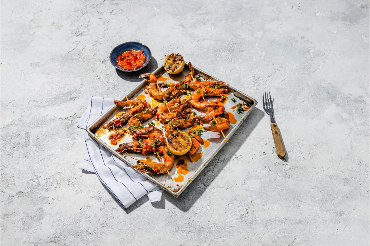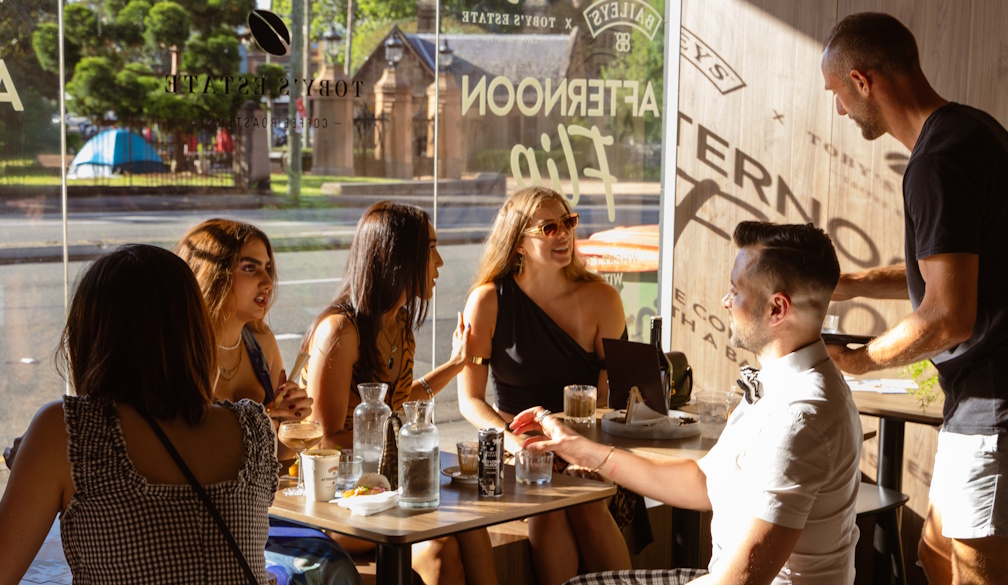Client Dinners Done Right: Tips for Meaningful Engagement

Client dinners offer more than just a meal—they’re an opportunity to build lasting business relationships in a more personal and relaxed setting. Done well, these dinners can strengthen client loyalty, open doors for future collaboration, and reinforce your brand in a subtle but powerful way. But without the right planning and approach, these events can easily feel forced, awkward, or forgettable.
Here’s a step-by-step guide on how to make your next client dinner both enjoyable and effective.
Understand the Purpose of the Dinner
Before anything else, be clear about the objective of the dinner. Is it to thank a long-standing client, introduce a new product or service, or simply nurture an ongoing relationship? Your goal will influence the guest list, location, tone, and agenda for the evening.
If the dinner is part of a broader strategy—such as kicking off a new project or discussing a future proposal—make sure you communicate that internally with your team, so everyone is aligned.
Choose the Right Setting
The setting plays a big role in the tone of your client dinner. It should feel welcoming, but still professional. A restaurant with a private dining area is ideal for more intimate discussions. If you’re opting for a casual in-house dinner, consider transforming a meeting space into a warm, relaxed environment with thoughtful touches like lighting, music, and decor.
This is where office catering becomes a smart choice. You can bring restaurant-quality food directly to your workplace, allowing you to host client dinners with less hassle and greater control over the setup.
Know Your Guest’s Preferences
Whenever possible, find out about your client’s food preferences, dietary restrictions, and cultural considerations beforehand. This shows respect and thoughtfulness, and helps you avoid any awkward moments during the dinner.
If you’re working with a catering service, share this information early. Most professional caterers can easily accommodate vegetarian, vegan, gluten-free, or allergy-friendly options.
Keep It Personal but Professional
One of the biggest benefits of client dinners is the chance to connect on a human level. It’s okay to share a little about your life outside of work and ask about theirs—family, hobbies, travels—but always maintain a level of professionalism.
Avoid controversial topics like politics or religion, and keep the focus on creating a pleasant and open atmosphere. Let the conversation flow naturally, balancing work talk with lighter topics.
Serve Quality Food and Drinks
Food is a focal point of any dinner, and its quality often reflects directly on your business. Whether you’re dining out or hosting in-house, never cut corners here. Invest in well-prepared, well-presented meals that cater to various tastes.
If you're holding the dinner in your office, choosing a reliable office catering provider ensures consistency and convenience. Look for caterers with experience in corporate settings, who can offer menu suggestions based on the tone and timing of your event.
You don’t need an overly complicated menu. Simple, elegant, and delicious dishes always work well. Consider adding a few special touches, like locally sourced ingredients or a dessert that gives a nod to your client’s culture or taste.
Be Mindful of Timing
Timing matters more than you might think. If your client is flying in, avoid scheduling the dinner immediately after their arrival. Give them time to settle. Similarly, don’t start the dinner too late in the evening, especially if your guests have early morning meetings or travel plans.
Try to keep the event within two hours. That’s usually long enough for meaningful conversation without overstaying your welcome. If the dinner is particularly important, such as celebrating a major deal or milestone, you may allow more time—but always keep the client’s comfort in mind.
Prepare, But Don’t Over-Script
It helps to have a few conversation points or questions ready—especially if you’re hosting several guests and want to ensure everyone feels included. But don’t make the dinner feel like a business meeting. Let the conversation develop naturally.
If there’s a key point you want to discuss, such as a new offering or proposal, bring it up after everyone has had a chance to settle and enjoy the meal. Avoid diving into business talk too early or too aggressively.
End on a Strong Note
The way a dinner ends can shape the guest’s lasting impression. Thank your clients sincerely for attending. If appropriate, give them a small takeaway item, such as a branded gift or handwritten note. This final gesture doesn’t need to be extravagant—just thoughtful and genuine.
Make sure to follow up the next day with a thank-you message, perhaps recapping any important points discussed or suggesting a follow-up meeting.
Remember, it’s not just about the meal—it’s about making your clients feel valued and appreciated. When done right, a simple dinner can lead to stronger partnerships and long-term business success.





















